Mineral Classics
Fluorapatite ("floater")
Fluorapatite ("floater")
Couldn't load pickup availability
Alpine Apatites are not terribly common and are certainly one of the more desirable species for Alpine mineral collectors. This specimen features somewhat thick, tabular hexagonal crystals of a soft lilac hue in fluorescent lighting and shows a slight color shift to more of a pale pinkish-rose hue in cool temperature LED lighting. The piece has a bit of internal "silk" and shows a very slight internal "cat's eye" effect when rotated in the light. Small modifying faces can be seen all over the specimens, and as you look at all sides you can see it's completely crystallized, making it a "floater" with no point of attachment. It's a wonderful, eye-catching thumbnail that would make a nice addition to any Apatite collection or a suite of Alpine minerals.
This piece comes to us from the Kay Robertson collection (#5406) with a rather ambiguous label. There is a bit of conflicting information, along with some dubious or erroneous information in terms of the locality. The given locality is "Kreuzerlütte(?) am Knappenkees", but I can't find a listing for anything close to this in any database. Additionally, the label states that the piece is from the Zillertal in the Hohe Tauern, but the Zillertal is in the Tyrol, and the Hohe Tauern is in Salzburg.
**Note: I want to send a special thank you to Karl Hartmann of Vienna for providing the following information: Karl has informed us that due to the local dialect, the word Kreuzerlütte is most likely a reference to the Greizer Hütte area which is indeed in the Zillertal. The Hohe Tauern reference is most likely a simple mistake as some people erroneously believe that the Zillteral is in the Hohe Tauern, so much so that this information has even been printed on general maps at times. Lastly, the word Knappenkees is possibly a reference to the Lappenkees (Lappen Glacier), which is technically is the next valley (the Stillupgrund) but the glacier could have possibly extended into the Zillertal several decades ago when the piece was discovered. Lastly, it should be noted that accurate locality information for Alpine minerals can be difficult at times as the stahlers (the miners who collect the material) will intentionally conceal the origin of certain specimens or outright lie and say they were found in completely different areas to keep people away from their special digging spots.
Ex. Kay Robertson collection
Specimen # WWMIX101804
Share
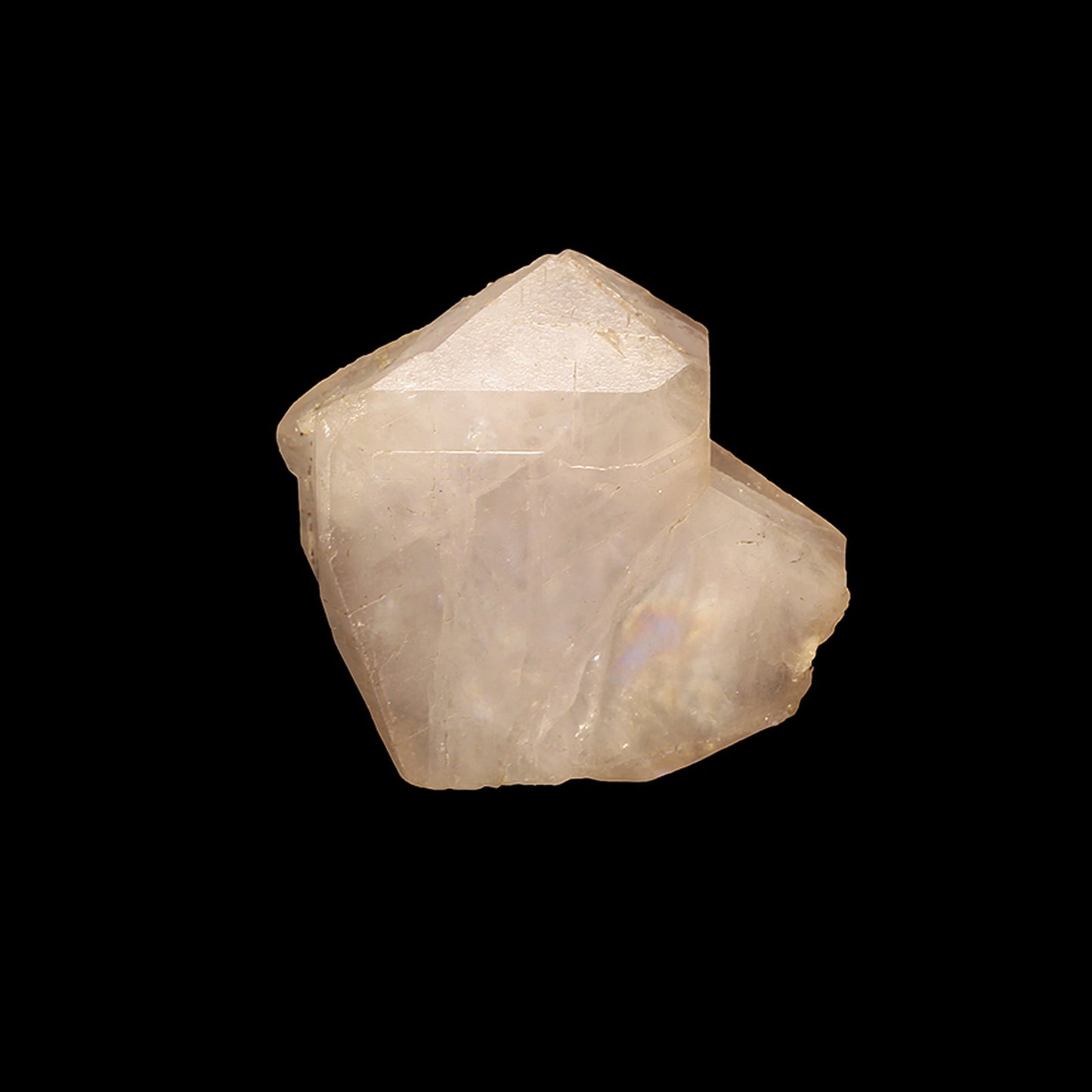
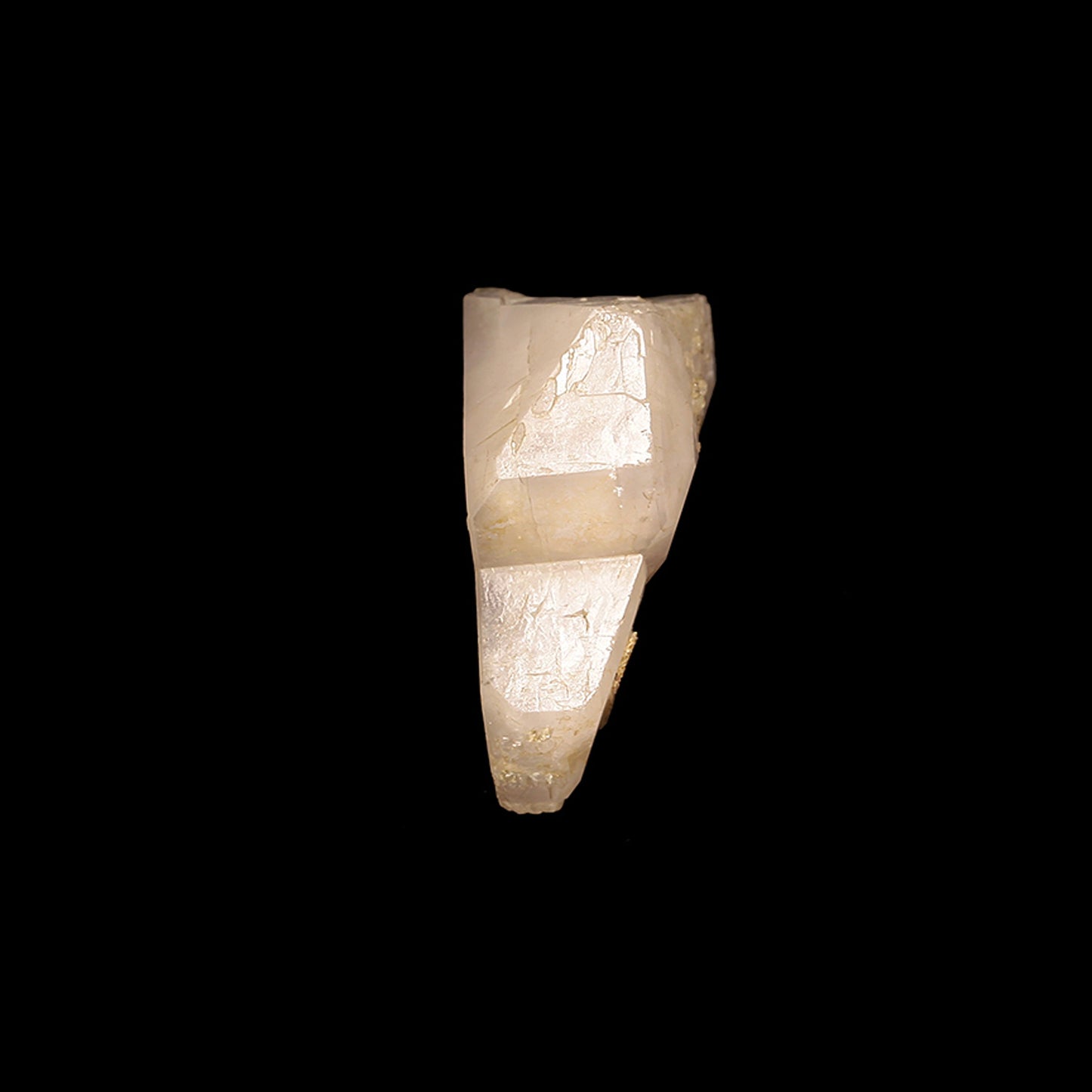
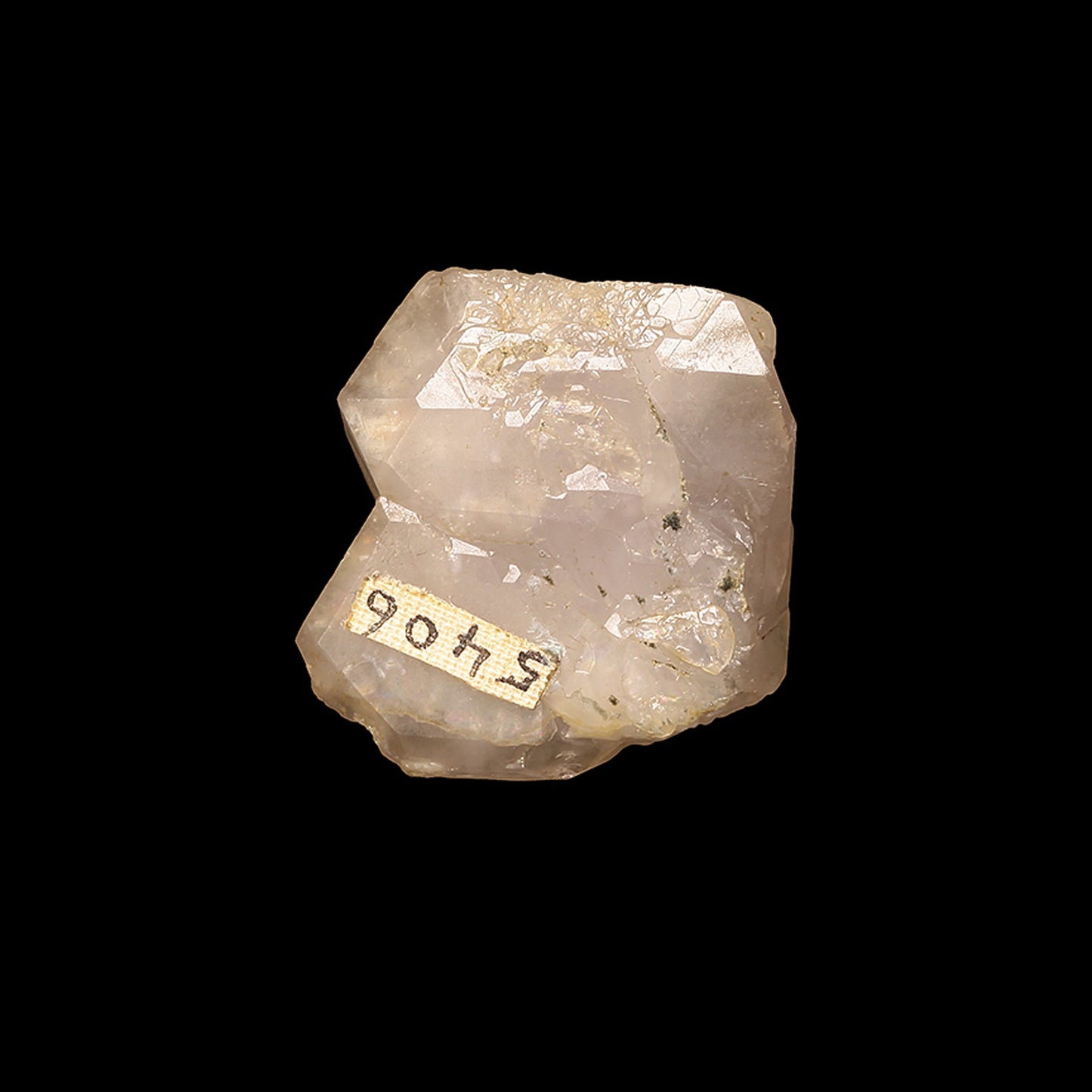
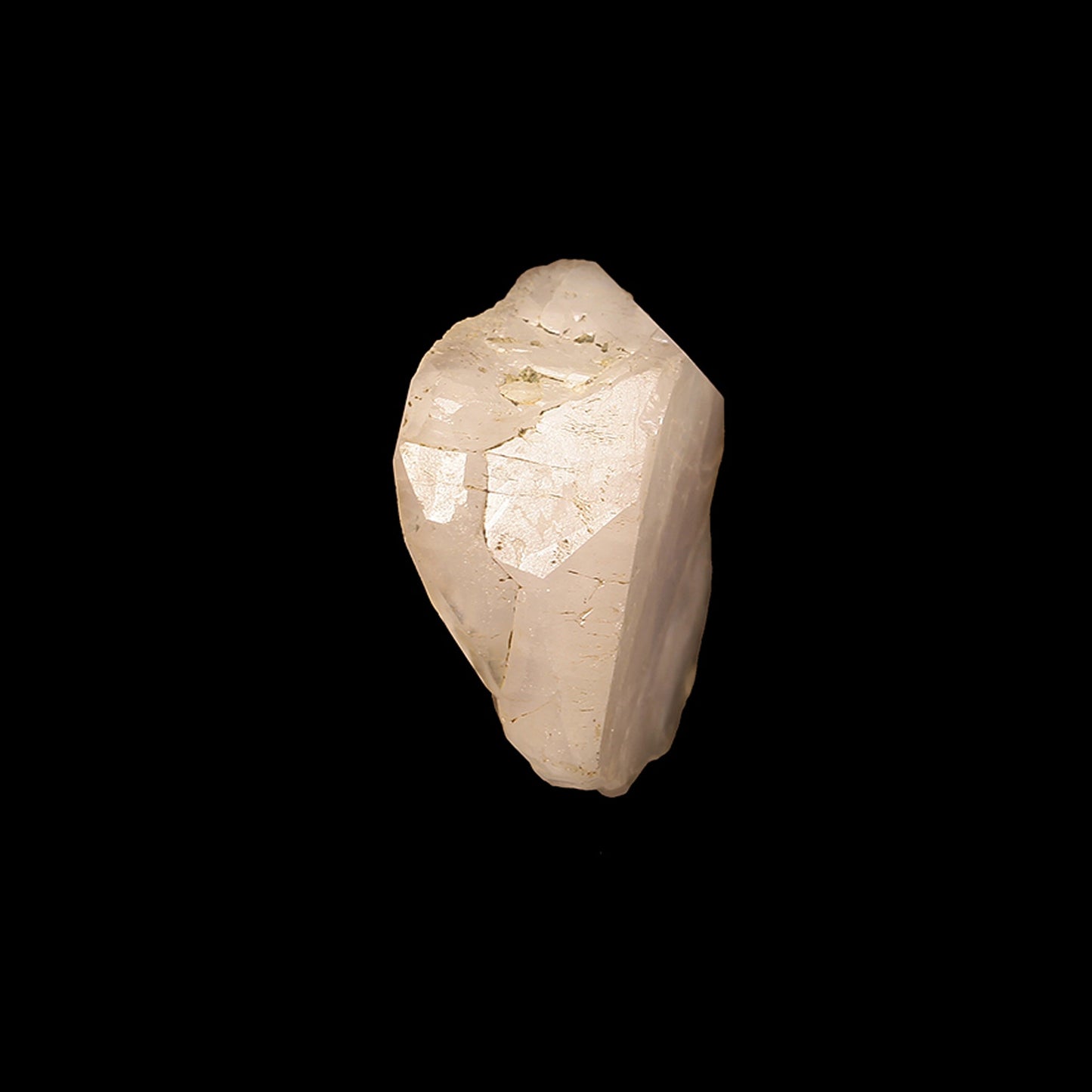
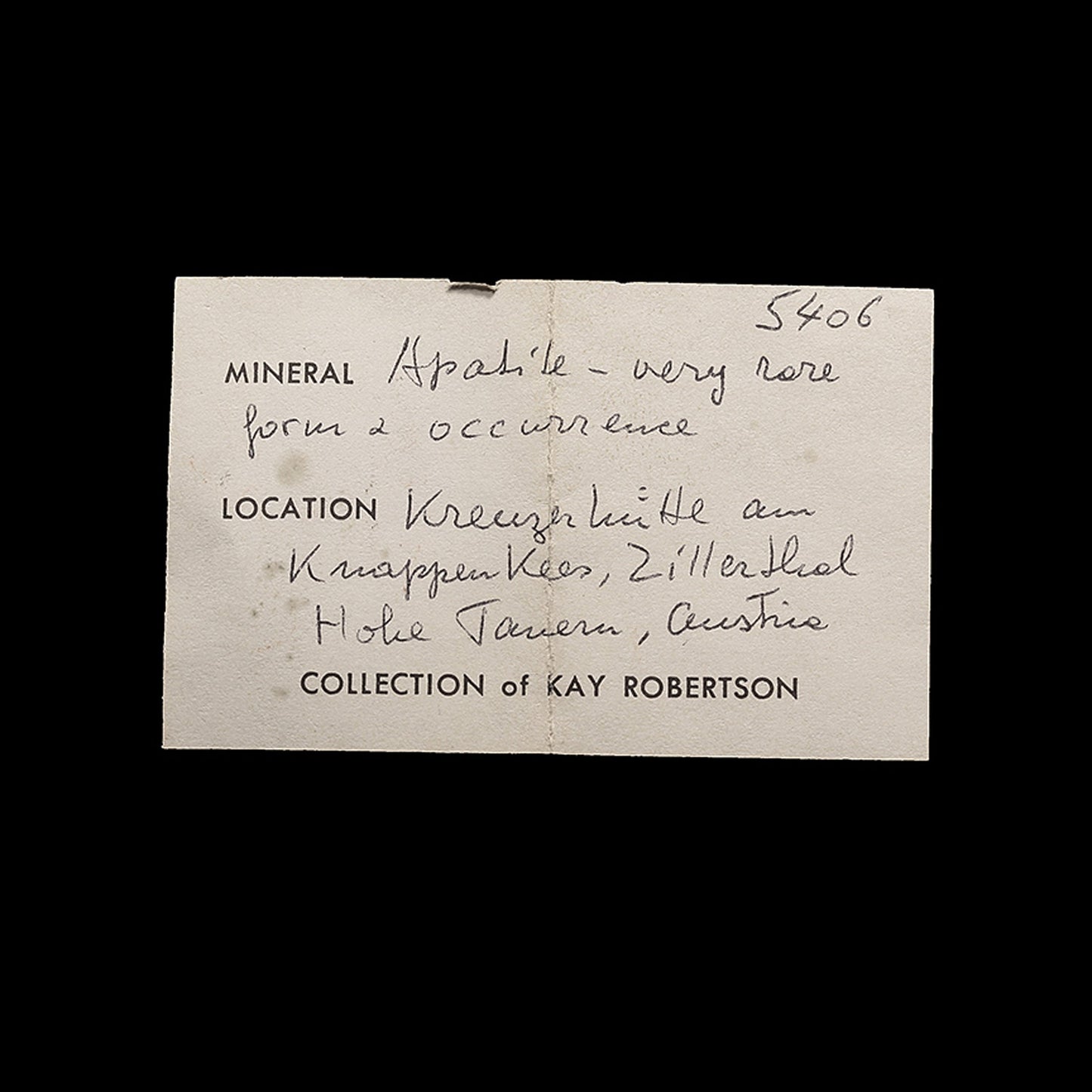
Locality: Greizer Hütte area, Floitengrund (Floiten Valley), Zillertal (Ziller Valley), Tyrol, Austria
Dimensions: 2.3 x 2.1 x 1.1 cm
Largest Crystal:
Size Category: thumbnail
Fluorescence: Pale yellow under SW and LW UV





